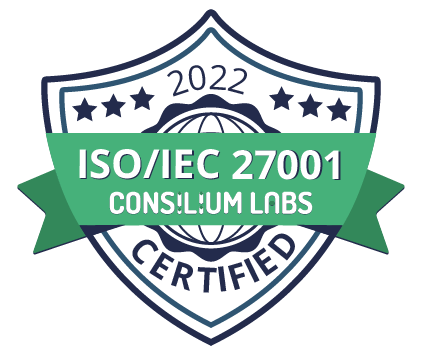1. Clarify decision terminology to make sure everyone on your team is reading from the same “playbook.”
Terminology is important for us to communicate well in any situation, but the science of decision-making is particularly prone to commonly used but misunderstood terms. It is well worth a group’s time to clearly establish the terminology to be used.
| Participants should be reminded of agreed upon terminology at the beginning of each and every decision meeting. |
Participants should be reminded of agreed upon terminology at the beginning of each and every decision meeting.
A sampling of such terms follows.
The goal is a brief statement describing the overall purpose of the decision to be made; for example: decide the best ‘go to market’ strategy, choose the most appropriate treatment for a disease, hire the best candidate, to optimize a portfolio of projects, or purchase the best car for the police squad. There is one overall goal for each decision.
The goal of a decision is to find the best alternative (or, in the case of a portfolio project, group of alternatives) satisfying the decision maker(s) wants. We will refer to these wants as objectives. Objectives are the key to making good decisions. When buying a car, for example, we want a car to be reliable, stylish, comfortable, perform well, cost as little as possible, etc. When there are too many objectives for us to think about clearly, we organize them in clusters of objectives forming an objectives hierarchy. In the car purchase example, the “perform well” cluster may include such objectives as acceleration, breaking, cornering, traction in rain, traction in snow, etc.
| Decision processes will go more smoothly when focusing on objectives rather than criteria and alternatives.. |
Keep your eyes on the prize. Use terminology that focuses on outcomes. People often use the words ‘criteria’ and ‘attributes’ interchangeably with objectives. While the meanings can be similar, you will find that most decision processes go more smoothly using the word ‘objectives’ rather than criteria and attributes because this wording has been shown to help people focus on what they are trying to achieve.
An attribute is a characteristic of an alternative. Size is an attribute of a car. Attributes may lead us to think of ‘pros’ and ‘cons’ of alternatives. For example, the ‘pros’ of a large car might include passenger carrying capacity, luggage capacity, safety, and comfort. The ‘cons’ of a large car might include fuel efficiency, difficulty parking, and maneuverability. A pro of one alternative might be a con of another alternative.
‘Musts’ are conditions that preclude considering an alternative from being selected. When evaluating alternative vendors for an RFP, for example, we might eliminate some vendors because they don’t have one or more required (must) features. Dealing with ‘musts’ is usually rather straightforward. What is not as straightforward, and what will be the essence of making a ‘best choice’, or rational decision, is to choose the vendor whose features we want more than those of other vendors.
|
||||||||||||||||











